Checking Flourescent Ballasts..Need Help

Hi Guys and Gals,
Tomorrow I am going to help my Dad check some Flourescent lights that are mounted in awnings on a carnival concession trailer.
I haven’t sen the trailer yet, although there is a pretty good chance that I may have helped build it 20 or so years ago.
Chances are good that the ballsts will be remotely located in the interior cabinets rather than in the awnings themselves.
What I am looking for are hints, tricks, tips, procedures for checking the ballasts. I’d be very thankful for any info at all.
Oh, best chance is that they will be 8′ double lights that were used.
Thanks,
Brian
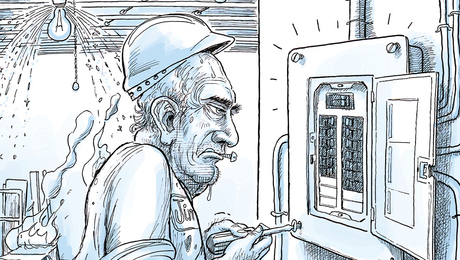
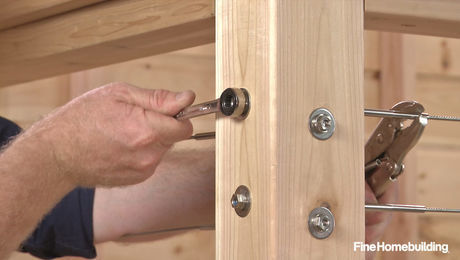
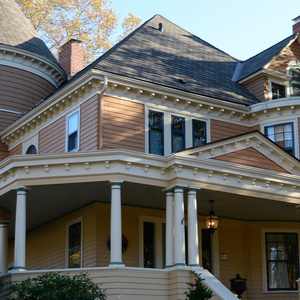

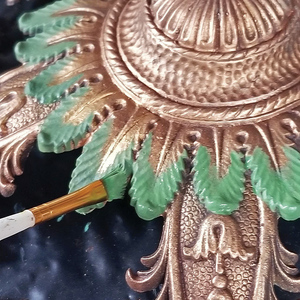
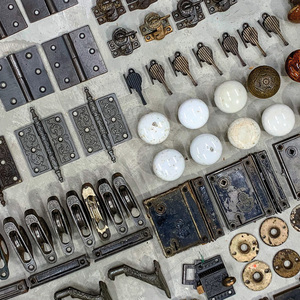













Replies
First thing I'd do is change the bulbs. If they still don't light, and you have power to the fixture you could 1) check all the voltages on all the wires (often the ballast has a circuit diagram on it) or 2) just swap it out (about $20 for a ballast for two 8-footers). You don't need to know manufacture, etc of the fixture. Ballasts for 120-volt, 2-bulb 8-foot fixtures are interchangeable. If a fixture has 4 bulbs then it has 2 such ballasts.
Do as David suggested first. Locating the ballast should not be difficult. The fixture may be mounted in the awning, but I doubt if the ballast are located somewhere other than in the fixture.
Remove the bulbs and feel the area immediately above the bulbs with your hand. most ballst produce enough heat to easily detect them through the fixture cabinet. A bad ballast will be hot, be carefull. Other tale tale signs are a sticky brown or black gunk leaking out of the fixture and/or very noticable burning odor.
Since these are in an outdoor concession trailor, you might end up spending more than $20.00/ ballast. Chances are they are HO (high output) ballast and bulbs. If the bulbs you remove have recessed pins that fit in spring loaded sockets, you will pay more for the bulbs also. HO ballast and bulbs are designed to work in low temperatures.
BTW do not try to check discharge voltage from the ballast to the bulb sockets. Ballast are step up transformers. You can get anything from 300 to 400+ volts from the secondary side of a ballast. Good way to scortch your meter if the ballast is good. The best way is to check supply voltage (primary) to the ballast. If you have 120v on the line side and know the bulbs are good, then the ballast is bad.
Another caution is watch for wasp, hornets, and other stinging insects inside the fixture. If the fixtures have been in the canopy for 20 years, you can bet that some of those nasties have made a nice warm home in them.
Dave
"a sticky brown or black gunk leaking out"
which pre-circa-1978 could be from a PCB-containing ballast. i.e. the brown gunk, especially after it has been smoldering, containing some dioxins which are pretty nasty chemicals. Not that the dioxins will be in the air you breathe nor that they will leap out of the brown gunk and go down your throat. But wear disposable gloves, toss the gloves when done, and wash your hands before lunch (always a good idea).David Thomas Overlooking Cook Inlet in Kenai, Alaska
Agree. If the ballast does not say "contains no PCBs" or something along those lines, then assume it contains PCBs. Then he has a disposal problem if he intends to be environmentally concious. BCP can not be disposed of in a regular solid waste stream such as landfills. The stuff leaches into the water table and stays there forever. He will need to check with local hazmat office about disposal available business and/or home owners.
Even the newer ballast leak sometimes when they go bad.
Dave
"a disposal problem" Kind of. Less than 220 pounds of PCB waste is conditionally exempt under CERCLA (Comprehensive Environmental Response, Compensation, and Liability Act ). So you do not need to register as a haz-waste generator. Often a community's household toxic drop-off days at the dump would allow them. Some landfill can accept them anytime.
But there are definitely more phone calls to make.
All the ballasts in the last 25 years state "contains no PCBs" on the outside of the ballast.
David Thomas Overlooking Cook Inlet in Kenai, Alaska
Edited 9/26/2003 7:49:11 PM ET by David Thomas
Thanks for the info about <I>NOT</i> checking the output from the ballasts. That was just what I needed.
I have always used the method of making sure there is power, making sure the bulbs are good, checking the connections at the bulb sockets, and then just replace the ballast, if needed, in the past.
Like I said, I have not seen this particular trailer yet, but it is one that was built at a camper factory that my Dad and I use to work in.
Factory is really a stretch because at the highest point there may have been 20 employees. Anyway, the awnings fold down over the windows to transport. They will just be two inches thick, framed with 2x2. So the fixtures were canonballed and reassembled to fit that dimension. What I mean to say is that the cans were discarded. So the ballast could be in the awning under an access plate of placed in the interior upper cabinet and then rewired.
In fact we have used a 2 light ballast and put one light in two different awnings.
Maybe we'll get lucky and the carney is a regular HO type and there will be a breaker turned off.
Thanks again,
BrianView Image